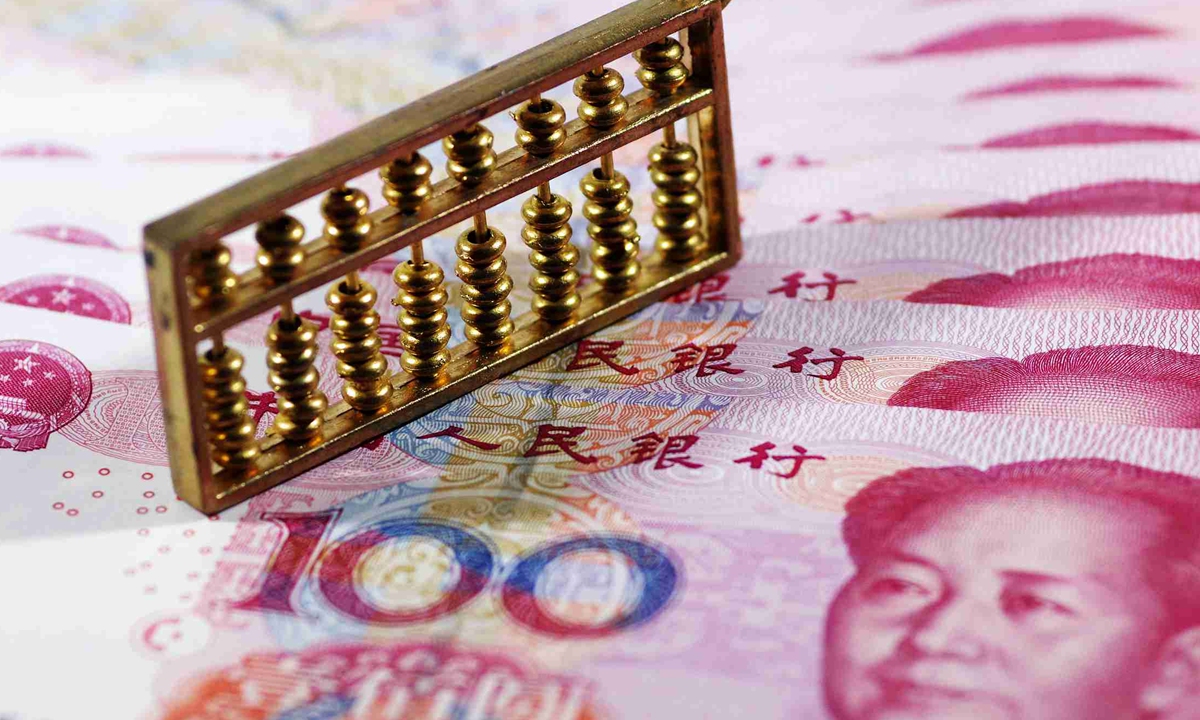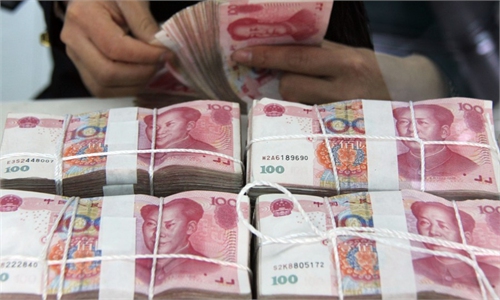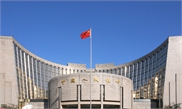
File photo:VCG
The People's Bank of China (PBC), the country's central bank, said on Wednesday that it will keep the yuan exchange rate basically stable at an appropriate and balanced level.
The PBC will continue to adhere to a managed floating exchange rate regime based on market supply and demand and adjusted with reference to a basket of currencies. The market will play a decisive role in the yuan's exchange rate, the central bank said in the China Monetary Policy Report Q3 2022 released on Wednesday.
"We will adopt a comprehensive set of policies to stabilize expectations, make the yuan exchange rate more flexible, guide enterprises and financial institutions to adopt a risk-neutral philosophy, and resolutely smoothen fluctuations in the exchange rate," said the report.
The central bank will pay close attention to the spillover effects of economic trends and monetary policy adjustments in major developed economies and give priority to internal and external balance.
To maintain China's economic development and growth, the PBC said it will step up efforts to implement a prudent monetary policy and will refrain from issuing excessive amounts of money, so as to provide stronger and higher-quality support to the real economy.
The current external environment is becoming more complex and grim. Overseas inflation is running at a high level, the downside risks in the global economy are mounting, and the foundation for domestic economic recovery is not yet solid.
However, it should be noted that the factors and conditions for building a new development pattern in China are sufficient. The recovery of effective demand is increasingly evident. The economy has strong resilience, great potential and broad room for maneuver, and the fundamentals for long-term sound growth remain unchanged, said the PBC.
The central bank will maintain reasonable and sufficient liquidity, and guide policy and development banks to fully use the quota of policy-based development financial instruments and the 800 billion yuan ($113 billion) of new credit quota. It will guide commercial banks to increase the supply of medium- and long-term loans and maintain proper growth of money supply and social financing.
Overall, the prudent monetary policy has been flexible and appropriate. It has maintained continuity, stability and sustainability, increased the efficiency of policy transmission, and further improved the quality of financial support for the real economy, said the central bank.
According to the Financial Statistics Report (October 2022) released by the central bank on Thursday, China's broad money supply stood at 261.29 trillion yuan by the end of October, increasing by 11.8 percent year-on-year. The amount of currency in circulation was 9.84 trillion yuan, up 14.3 percent year-on-year.
As for yuan loans, the January-October period saw a cumulative rise of 18.7 trillion yuan, 1.15 trillion yuan higher than in the same period in 2021.
In the monetary policy report, the central bank noted that the interest rate for new personal home loans was 4.3 percent in October, down 4 basis points from the previous month and 133 basis points from the end of 2021.
The central bank, together with the China Banking and Insurance Regulatory Commission, in late-September announced the relaxation of the floor on mortgage rates for first home buyers, as the country moves to better support home ownership.
After the policy was introduced, some city governments responded positively and made corresponding adjustments. Banks in several cities have made cuts to mortgage rates for first-time home buyers to below 4 percent.
Global Times



